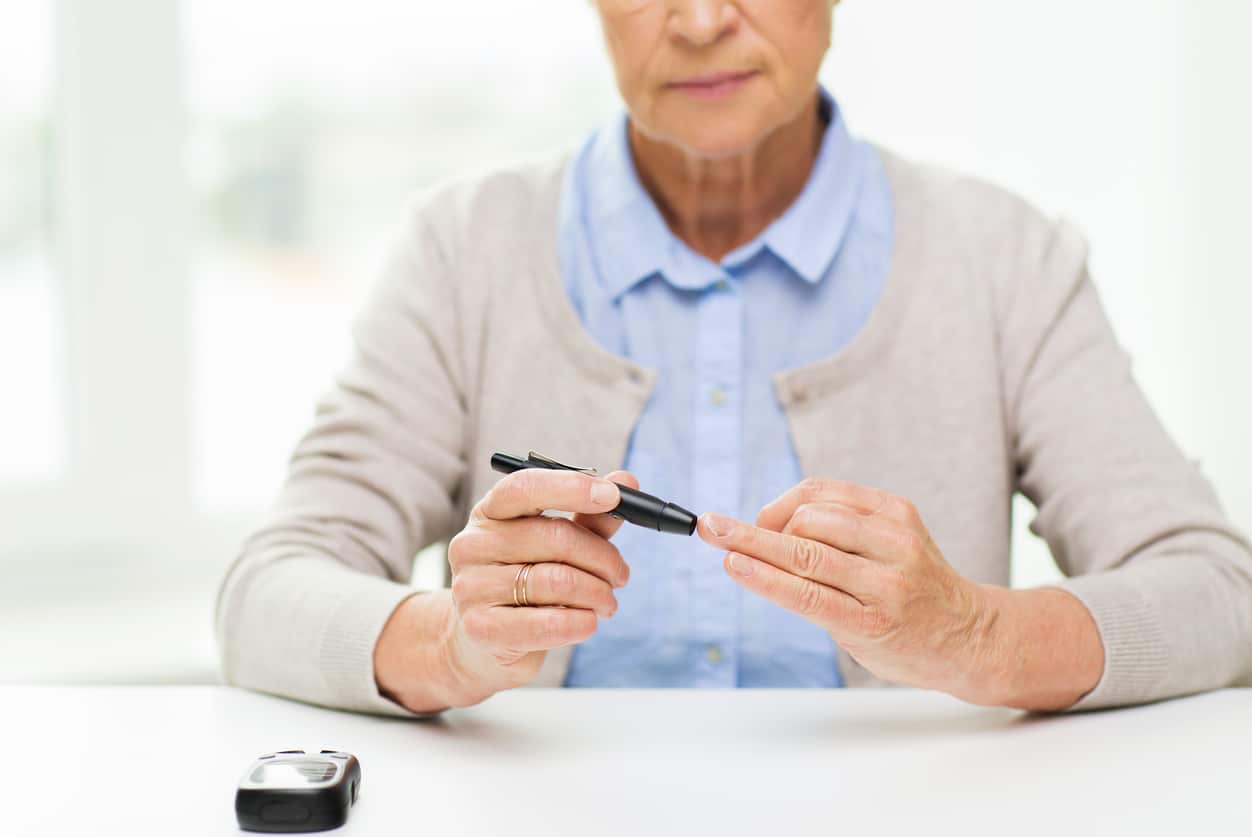Diabetic ulcers are a common complication for individuals with diabetes, often resulting from prolonged periods of elevated blood sugar levels, which can lead to nerve damage (neuropathy) and poor circulation. These ulcers typically develop on the feet and can be challenging to manage due to the body’s reduced ability to heal. For those living with diabetes, understanding how to manage and heal these ulcers is crucial to maintaining overall health and preventing further complications.
Recognizing the Symptoms
The first step in managing diabetic ulcers is recognizing the symptoms. These ulcers often start as small blisters, wounds, or sores on the skin. Due to neuropathy, individuals may not feel any pain, making it essential to visually inspect the feet regularly. Other signs include redness, swelling, or a foul odor emanating from the wound. If any of these symptoms are present, it is important to seek medical attention promptly to prevent the ulcer from worsening.
Proper Wound Care
Effective management of diabetic ulcers begins with proper wound care. Keeping the ulcer clean and dressed is vital to prevent infection. Here are a few steps to follow:
1.Clean the Wound: Gently wash the ulcer with mild soap and water. Avoid using hydrogen peroxide or iodine, as these can damage the tissue.
2.Apply an Antiseptic: Use an antiseptic solution to disinfect the area, but consult a healthcare provider to choose the appropriate one.
3.Dressing the Wound: Cover the ulcer with a sterile dressing to protect it from further injury and contamination. Change the dressing regularly, at least once a day or as advised by a healthcare professional.
4.Monitor for Infection: Keep an eye out for signs of infection, such as increased redness, warmth, swelling, or pus. If these occur, seek medical attention immediately.
Offloading Pressure
Pressure relief, or offloading, is a critical component in the healing of diabetic ulcers. Continuous pressure on the ulcerated area can impede healing, so reducing this pressure is essential. Here are some strategies for offloading:
-Specialized Footwear: Wear shoes designed specifically for individuals with diabetes. These shoes often have extra depth and soft insoles to reduce pressure points.
-Use of Orthotics: Custom orthotic devices can help distribute weight evenly across the foot, reducing pressure on the ulcer.
-Bed Rest or Limited Activity: In some cases, limiting physical activity or resting more frequently may be necessary to allow the ulcer to heal.
Promoting Optimal Healing
Several factors can promote optimal healing of diabetic ulcers. These include maintaining good blood sugar control, ensuring adequate nutrition, and using advanced therapies if necessary.
-Blood Sugar Management: Keeping blood sugar levels within the target range is crucial for wound healing. High glucose levels can impede the body’s ability to fight infection and repair tissue.
-Nutritional Support: A balanced diet rich in vitamins and minerals supports the body’s healing processes. Proteins, vitamin C, zinc, and other nutrients are particularly important.
-Advanced Therapies: In cases where standard care is insufficient, advanced treatments such as hyperbaric oxygen therapy or bioengineered skin substitutes may be recommended by healthcare providers.
Seeking Professional Medical Care
Professional medical care is often necessary for effective diabetic ulcer treatment. Regular check-ups with a healthcare provider ensure that the ulcer is monitored and managed appropriately. A multidisciplinary approach involving podiatrists, endocrinologists, and wound care specialists can provide comprehensive care.
-Debridement: This procedure involves the removal of dead or infected tissue from the ulcer, promoting healing by allowing healthy tissue to grow.
-Antibiotics: If an infection is present, antibiotics may be prescribed to combat bacterial growth and prevent the infection from spreading.
-Surgical Intervention: In severe cases, surgical intervention may be necessary to remove infected tissue or improve circulation to the affected area.
Preventing Future Ulcers
Preventing future diabetic ulcers is as important as treating existing ones. Here are some prevention strategies:
-Regular Foot Inspections: Check your feet daily for any signs of injury, redness, or changes in skin condition.
-Proper Footwear: Always wear well-fitting, comfortable shoes and avoid walking barefoot, even indoors.
-Moisturize: Keep the skin on your feet well-moisturized to prevent cracks, but avoid between the toes to reduce the risk of fungal infections.
-Regular Check-ups: Visit your healthcare provider regularly to monitor your diabetes and overall health.
Conclusion
Diabetic ulcers can be a serious complication, but with proper management and care, they can heal effectively. Understanding the importance of wound care, offloading pressure, and seeking professional medical treatment are key components in the diabetic ulcer treatment process. By taking proactive measures to manage diabetes and care for your feet, you can reduce the risk of developing ulcers and improve your overall quality of life.

